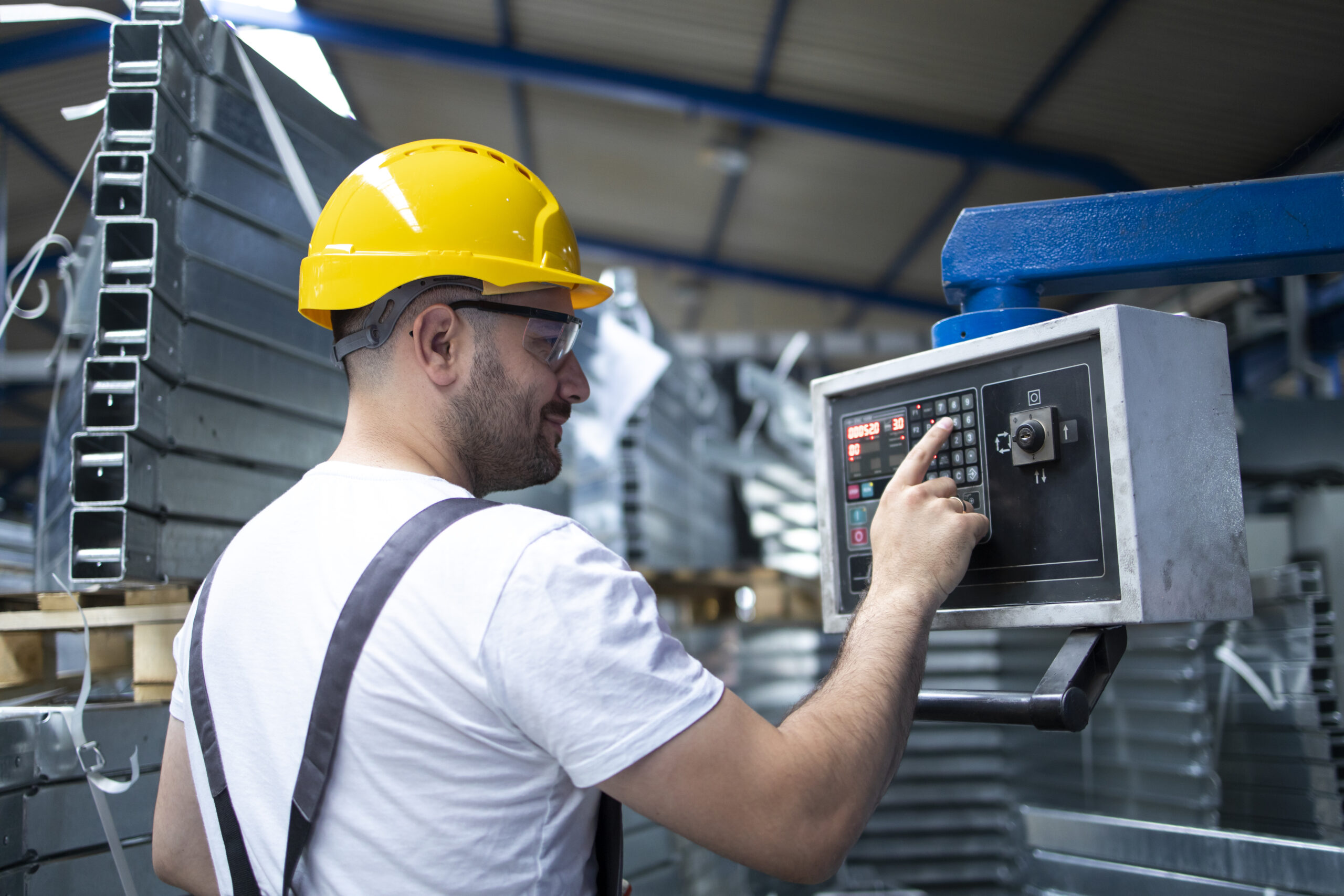
A CB Continuity Testing Panel is a specialized piece of equipment used to test the continuity of electrical circuits, often as part of a broader certification process. It is used to verify that a circuit path is complete and can carry electrical current without interruption. This is crucial for ensuring the safety and reliability of electrical systems and equipment.
Key aspects of a CB Continuity Testing Panel:
- Purpose:To verify the continuity of a circuit by measuring the resistance or detecting the presence of a complete electrical path.
- Components:Typically includes a power source, measurement instruments (like multimeters or specialized testers), and possibly a heating chamber for temperature testing.
- Testing Methods:Can involve applying a voltage or current to the circuit and measuring the resulting current or voltage drop, or using a buzzer or light to indicate continuity.
- Applications:Used in various industries, including electrical manufacturing, product certification (like the CB Scheme), and electrical installation testing.
- CB Scheme:The CB (Certification Body) Scheme is an international system for certifying electrical and electronic equipment. CB tests are conducted to ensure products meet safety standards.
- Examples:MCB (Miniature Circuit Breaker) test benches are a common type of CB Continuity Testing Panel, used to verify the time-current characteristics of MCBs.
- High Current Testing:Some panels are designed for high current testing, such as short-time overcurrent testing for circuit breakers and other protective devices.
- Computerized Systems:Increasingly, these panels are computerized, allowing for automated testing, data logging, and report generation.
- Safety:Safety features are crucial, including overcurrent protection, emergency stop mechanisms, and proper grounding.